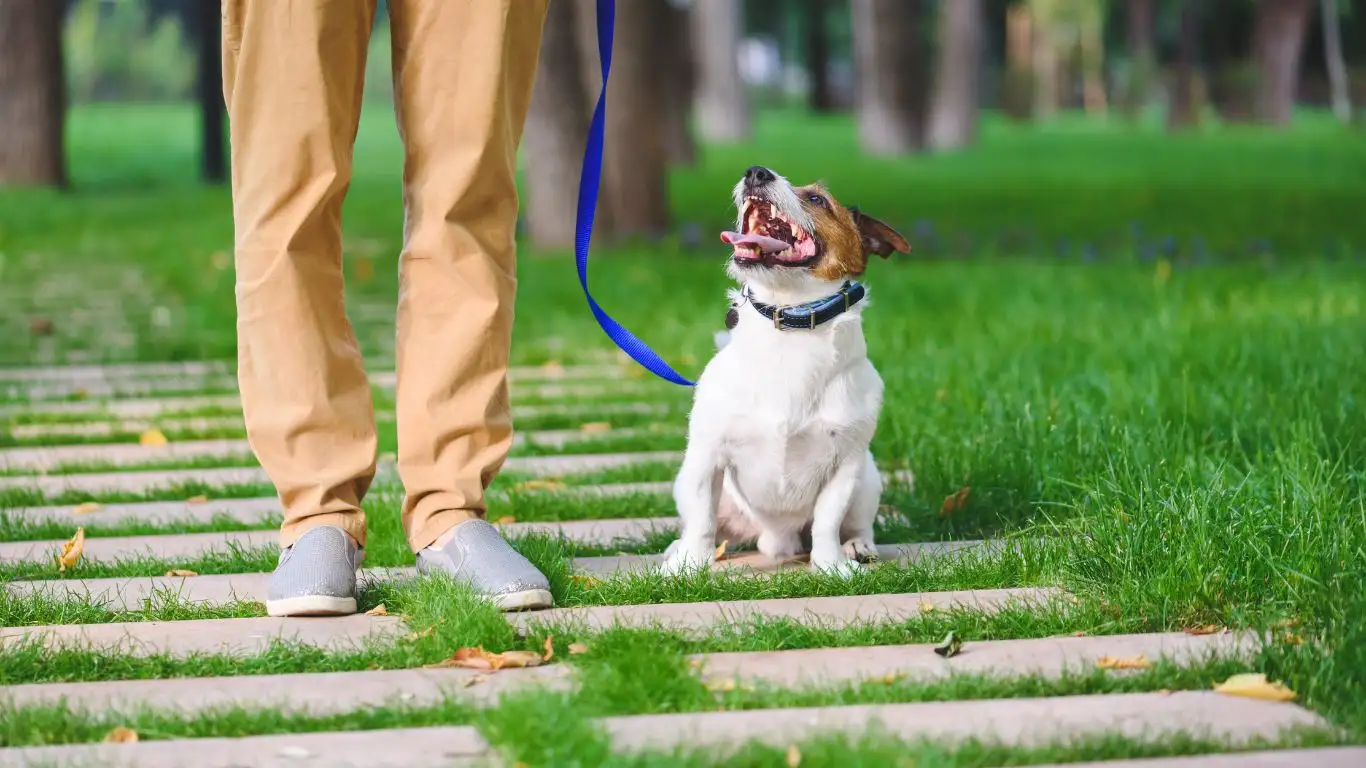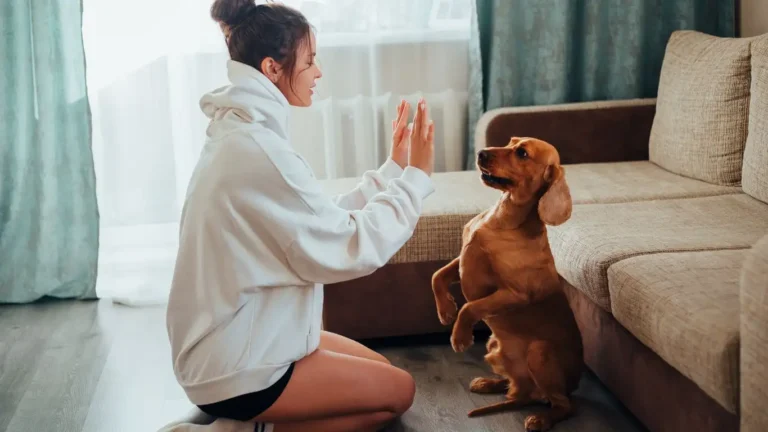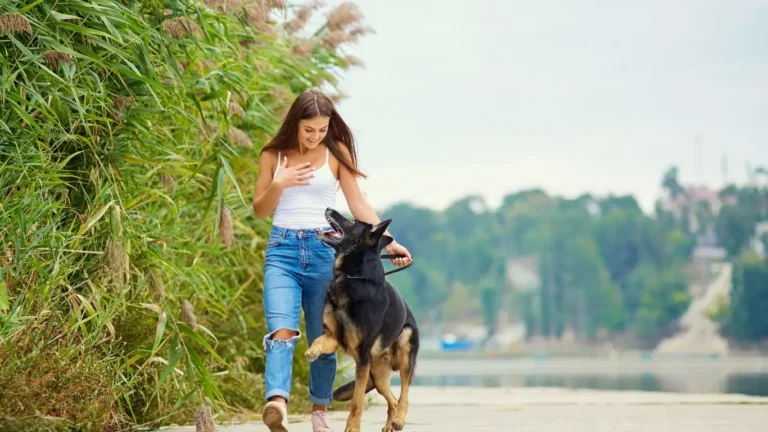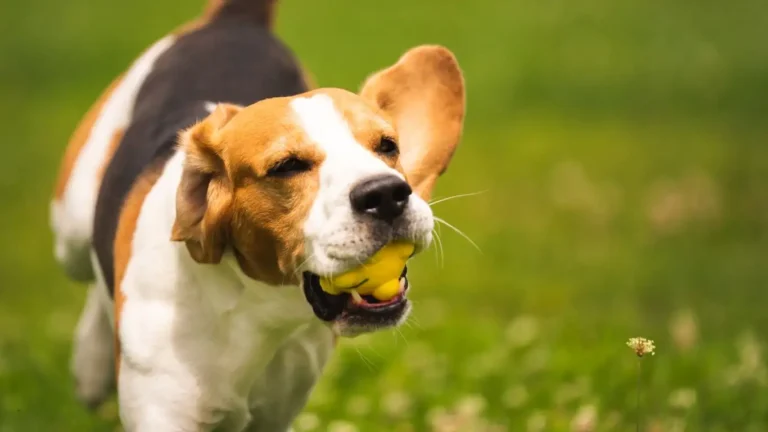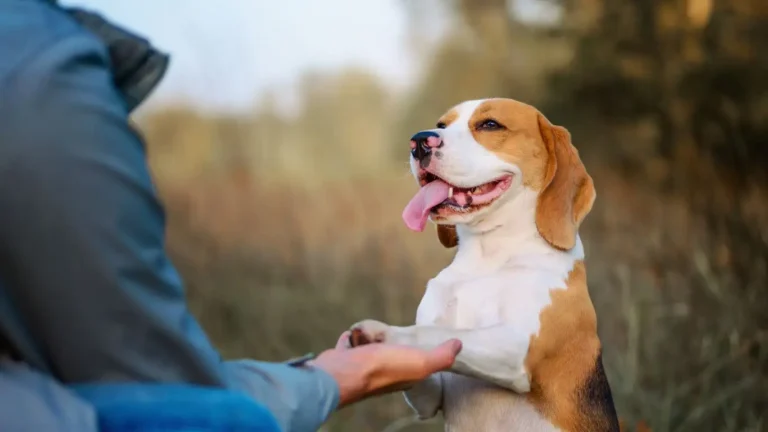How to Train a Dog to Behave During Car Rides: Expert Tips & Tricks
If you’re anything like me, car rides with your dog can either be a peaceful bonding time… or total chaos. As a Veterinary Technician with a focus on pet nutrition and behavior, I’ve had my fair share of bumpy rides—literally and figuratively. Learning how to train a dog to behave during car rides is one of those underrated life skills that every dog parent should master. Not just for your sanity, but for your pup’s safety and comfort too. The good news? With the right prep (and a dash of patience), you can turn those stressful trips into tail-wagging adventures.
Why Car Rides Can Be So Stressful for Dogs
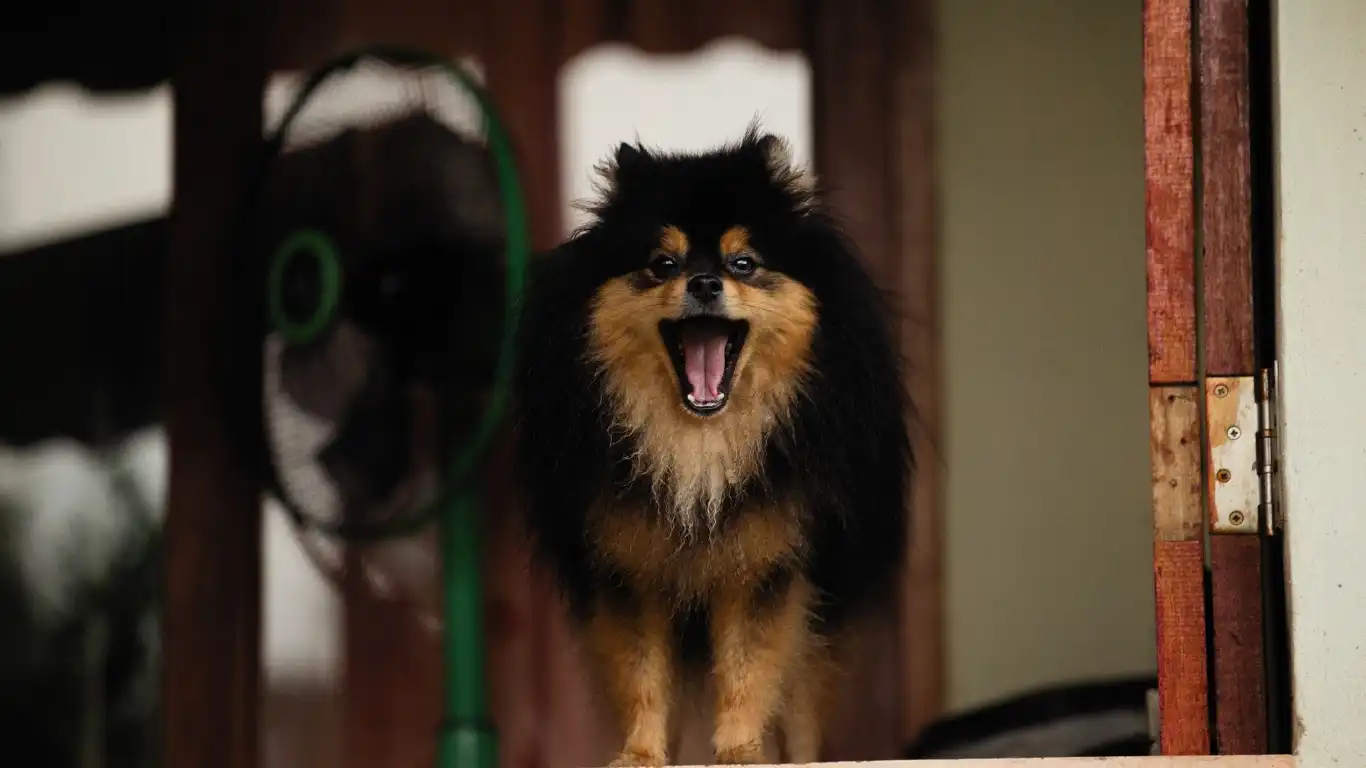
Let’s be honest—dogs aren’t born ready to ride shotgun. Most pups aren’t naturally accustomed to the sights, sounds, and motion of a moving vehicle. It’s a lot of stimulation packed into a small space, and some dogs handle it better than others. I remember this one Golden Retriever I worked with—sweet as pie, but the second the car started moving, he’d start howling like a siren and pacing like he was in a panic room.
There are a few common reasons why dogs struggle with car rides:
- Motion sickness: Just like humans, dogs can get carsick. Especially puppies or dogs not used to movement.
- Anxiety: Some dogs associate car rides with going to the vet or getting left at the groomer.
- Lack of exposure: If your dog wasn’t introduced to cars during their socialization period, it might just feel… foreign.
- Overexcitement: Yep, some dogs love car rides so much they lose their minds every time the door opens.
The trick is knowing which one applies to your dog—and that’s where a little observation goes a long way.
Start With the Basics: Create a Positive Association
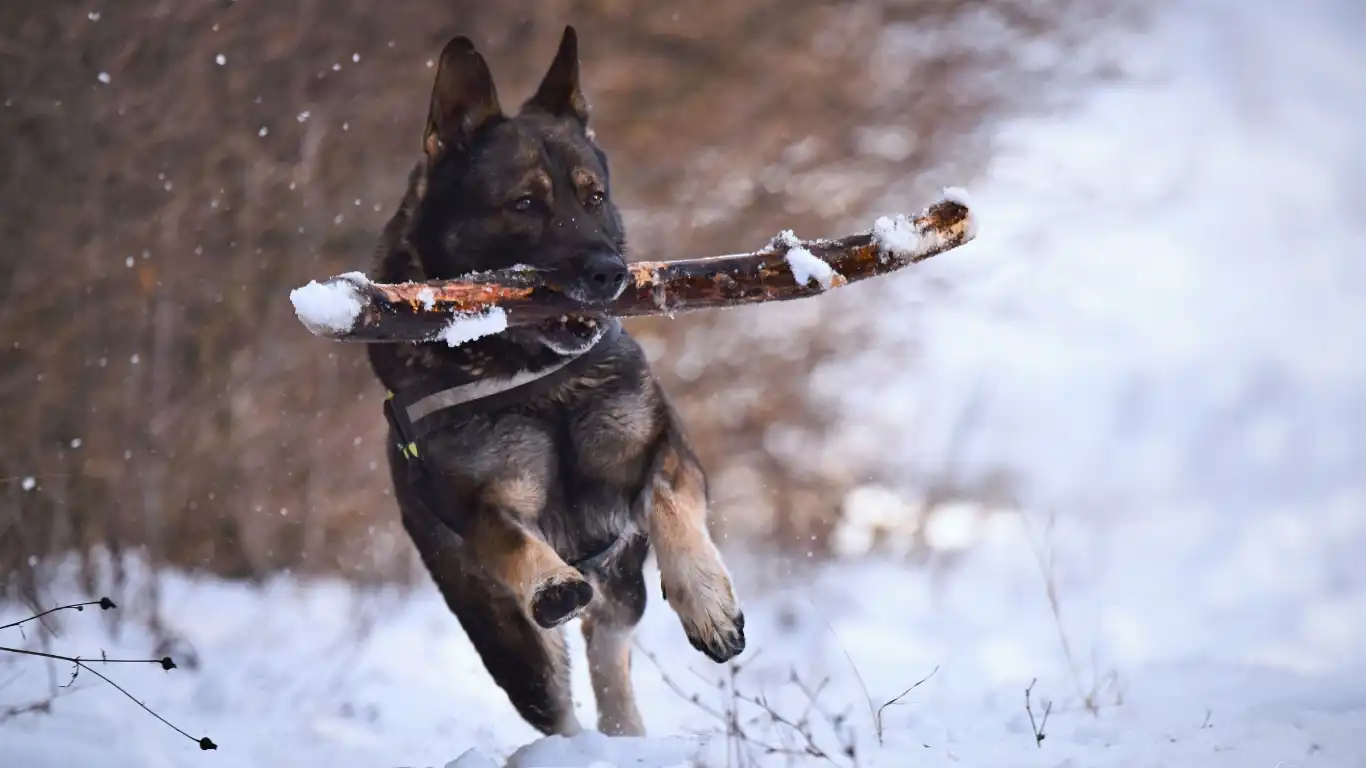
Before you can train your dog to behave during car rides, you need to help them feel safe and comfortable in that environment. Think of the car as a new room in your house. You wouldn’t expect your dog to behave perfectly the first time they enter it, right? So don’t rush the process. Let them explore it gradually.
Steps to Create Comfort and Familiarity
- Let them sniff it out: Park the car, open the doors, and let your pup hop in and out without going anywhere. Toss in some treats, bring a favorite toy or blanket—whatever makes them feel at home.
- Short and sweet rides: Once they’re chill in the car, take them on super short drives—like around the block. End it somewhere fun, like a walk in the park or even just back home for treats and snuggles.
- Practice calm behavior: If your dog starts getting amped up the second you grab your keys, practice desensitization. Pick up the keys, walk around, and sit down. Repeat. Eventually, they stop associating that sound with wild rides.
With one of my clients—a nervous little Beagle mix named Luna—we spent about a week just chilling in the parked car, playing with toys and offering high-value treats. No pressure. No engine running. That alone helped her start seeing the car as a neutral or even positive space.
Choosing the Right Setup Inside the Car
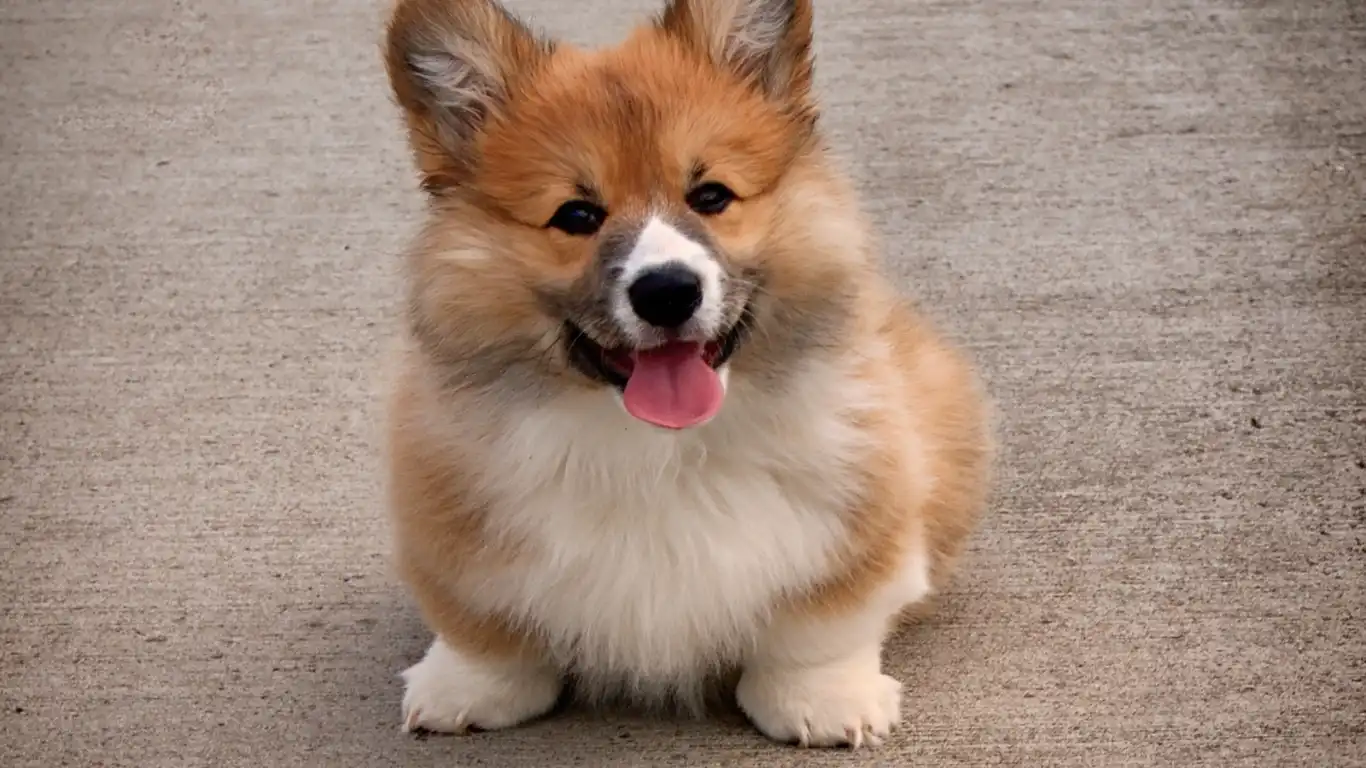
This is where safety meets comfort. I can’t stress this enough—loose dogs in a moving car are a hazard. Not just to themselves, but to everyone in the vehicle. The safest and most comfortable setups usually fall into three categories:
1. Crates
If your dog is crate-trained, this is honestly the best option. Make sure it’s well-ventilated, properly secured, and spacious enough for your dog to stand, turn around, and lie down. Add in a cozy pad and one of their toys for extra comfort. For nervous dogs, covering part of the crate with a blanket can help reduce visual stimulation.
2. Dog Seat Belts or Harnesses
There are some great crash-tested harnesses that clip into seat belts. They’re ideal for larger dogs or dogs who don’t tolerate crates. Pro tip: introduce the harness slowly and let them wear it around the house first, so it’s not a totally foreign experience.
3. Booster Seats for Small Dogs
These are like little dog thrones and perfect for pups under 20 lbs. Not only are they adorable, but they also let your small dog see out the window while staying secured. A win-win.
Whatever method you choose, make sure your dog has enough room to shift around a bit and isn’t sliding all over the place. It’s amazing how much more settled they are when their body feels secure during turns and stops.
Common Mistakes That Make Car Rides Worse
Even with the best intentions, we sometimes do things that accidentally make our dogs more anxious about car travel. I’ve made a few of these mistakes myself back in the early days (shoutout to my old rescue pup, Daisy, who taught me everything I was doing wrong!).
- Feeding a full meal right before the ride: Big no-no, especially if your dog is prone to motion sickness. Try to feed them at least 2–3 hours before hitting the road.
- Forcing the dog into the car: This just builds resistance. Always invite, never drag.
- Skipping the walk before the drive: A little exercise goes a long way. Burn off that extra energy before they hop in.
- Yelling or scolding during the ride: If your dog is freaking out, the last thing they need is more stress. Stay calm, even if they’re howling like a banshee.
Once you know what not to do, it’s a whole lot easier to get on the right track. Dogs are super intuitive—they pick up on our energy. If you’re chill and prepared, they’ll feel more secure too.
Desensitization: The Secret Sauce for Long-Term Success

So here’s the thing—dogs don’t magically wake up one day and decide they love car rides. It’s all about building trust and familiarity over time. I’ve worked with dogs who went from trembling at the sight of a car to snoozing through road trips. The game-changer? Desensitization.
It’s basically a fancy word for gradual exposure. And when I say gradual, I mean gradual. We’re talking baby steps here. The goal is to expose your dog to the car and everything that comes with it—sound, smell, movement—without overwhelming them.
My Go-To Desensitization Process
- Start with short sessions: Like, five minutes parked in the driveway. Toss a treat in the back seat, let them hop in, and just hang out together. No pressure to “go” anywhere.
- Gradually introduce engine sounds: Once they’re cool chilling in the parked car, start the engine. No driving yet. Just let them get used to the sound and vibration.
- Short drives to nowhere stressful: Once the engine’s no big deal, take a short trip around the block. Come right back and reward your pup like they just conquered Mount Everest.
- Mix up the destinations: Don’t let every ride end at the vet or groomer. Throw in trips to the park, pet store (if they enjoy it), or even just a drive-thru for a pup cup.
Consistency is key. I had a client with a super anxious Husky named Echo. We practiced this routine every other day for two weeks. By the end, Echo was practically dragging her mom to the car. Progress like that makes my heart so happy.
What to Pack for a Smooth Car Ride
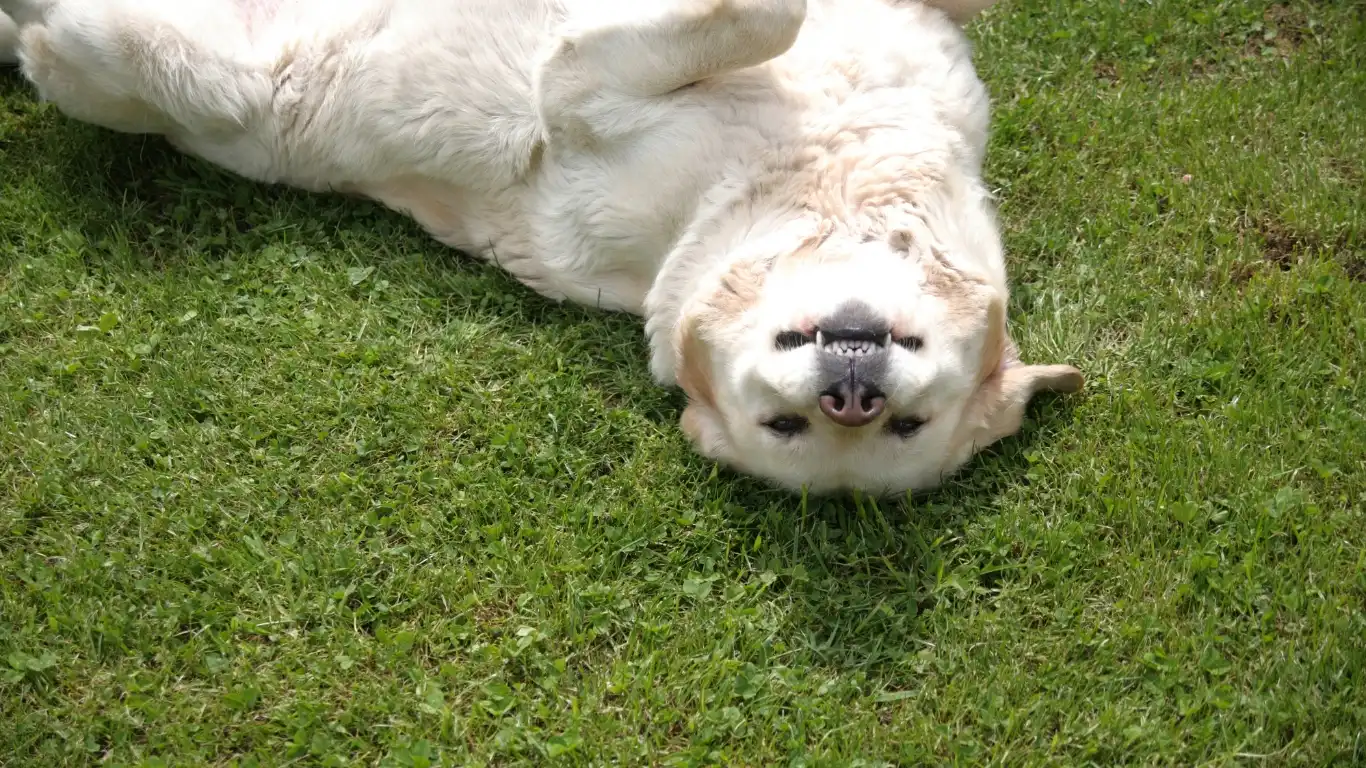
Alright, now that your dog is starting to warm up to the idea of being in a car, let’s talk about your road trip checklist. I keep a little “dog travel bag” in my trunk at all times—think of it like a diaper bag, but for furry passengers. It’s a lifesaver.
Here’s what I always recommend packing:
- Leash & harness: Never open the car door without clipping your dog in first. Safety first, always.
- Water & collapsible bowl: Dogs get thirsty on the road, especially if it’s warm or the drive is long.
- Poop bags: Because, well, nature calls.
- Comfort item: A favorite toy or blanket can help reduce anxiety and offer a sense of security.
- Treats: Great for rewarding calm behavior mid-ride or reinforcing training at stops.
- Cleaning wipes or towels: For accidents, drool, muddy paws—you name it.
I’ll never forget a road trip I took with my Labrador, Max. We were about 20 minutes from home when he decided to throw up… all over the back seat. Since then, I’ve never gone anywhere without extra towels and enzyme spray. Lesson learned the hard way!
Training Tips for Calm Behavior During the Ride
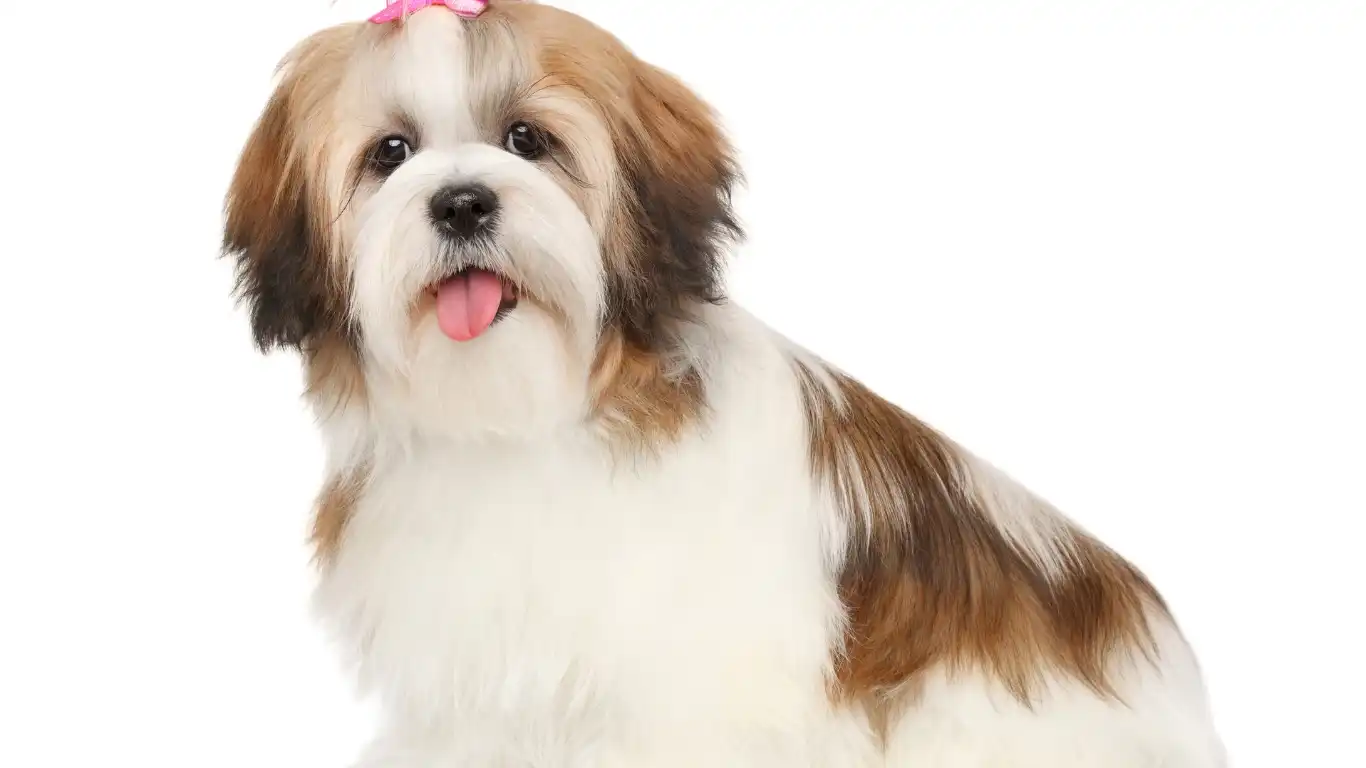
Once your dog is cool being in the car, it’s time to work on how they act during the ride. Just because they’re in the car doesn’t mean they’re going to sit quietly, right? Some dogs bark the whole time. Others try to climb into your lap or paw at the windows. That’s where behavior training comes in.
1. Reward the Calm Moments
It’s easy to focus on correcting the bad stuff, but we often forget to praise the good. If your dog is lying quietly or just watching the world go by, reward that behavior. A small treat, a “good boy!”—whatever gets their tail wagging.
2. Use Cue Words
Just like teaching “sit” or “stay,” you can train a cue like “settle” or “relax” for car rides. I’ve taught several clients to use this during long drives. Start by saying the cue when your dog is already calm in the car, then reward. Over time, they associate the word with chilling out.
3. Block the View if Needed
Some dogs are visual reactors—they see a dog or a squirrel out the window and boom, chaos. For dogs like that, consider using window shades or a crate with covered sides to reduce visual triggers. You’d be surprised how much it helps some dogs stay relaxed.
4. Avoid Unintentional Hype
This one’s tough, I know. We get excited, we say “Wanna go for a ride?!” in that high-pitched voice—and suddenly our dog is bouncing off the walls. Try to keep pre-car moments low-key. Calm energy = calm dog (at least most of the time).
When to Talk to Your Vet or Trainer
If you’ve tried everything and your dog is still panicking in the car, it might be time to bring in some backup. There’s zero shame in that—I’ve worked with dozens of dogs who needed a little extra support, whether that’s from a professional trainer or a vet.
- Anti-anxiety meds: For dogs with severe car anxiety, your vet might recommend medication—either short-term or situational.
- Motion sickness treatments: If your pup is getting queasy every ride, there are safe and effective meds that can help.
- Certified trainers: Especially if your dog’s behavior in the car is dangerous (like lunging or biting), a certified professional can help create a custom plan.
One of my clients, a sweet Boxer named Milo, couldn’t ride for more than five minutes without throwing up. His family was heartbroken—they loved taking him everywhere. After a chat with their vet and a short course of anti-nausea meds, Milo started enjoying rides. He even went on a family camping trip two months later. It was a total 180° turnaround.
Making Car Rides a Positive Part of Your Dog’s Life
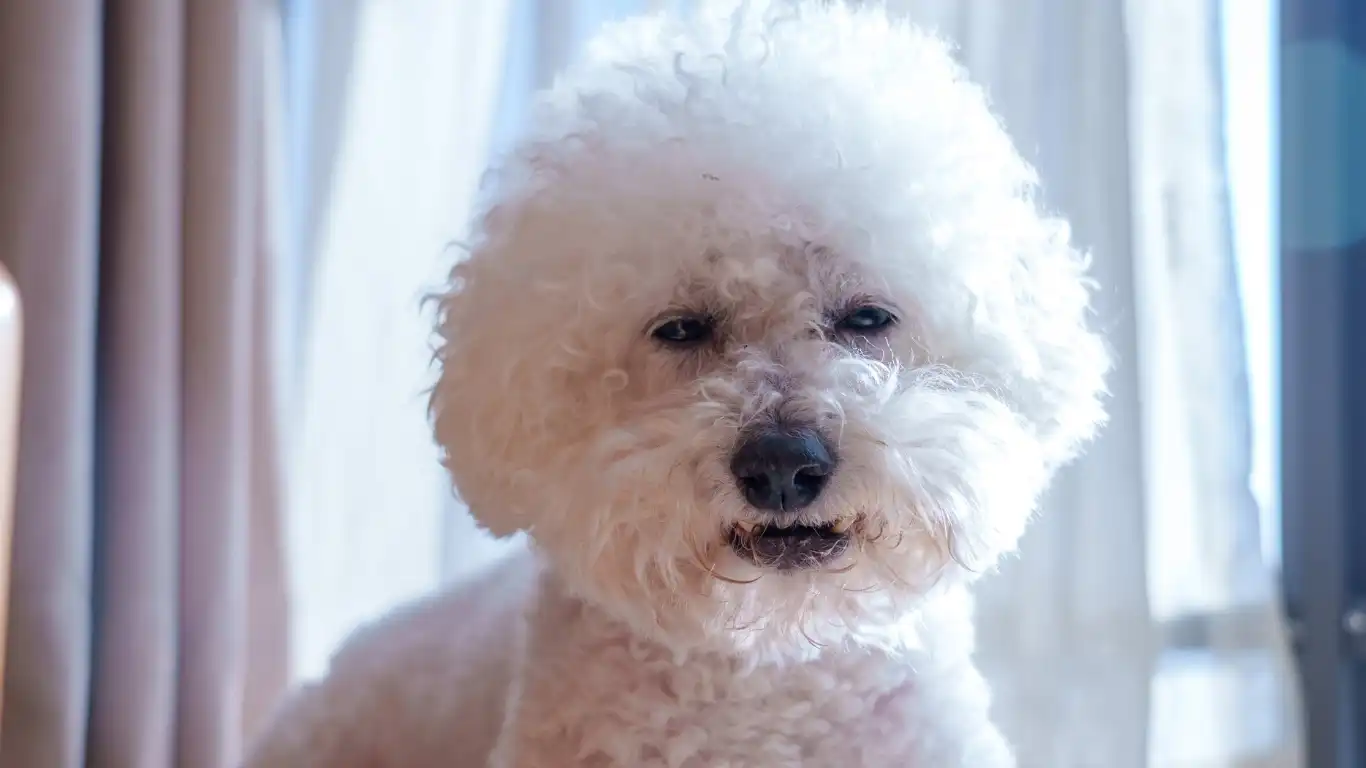
Alright, let’s be real—dogs aren’t born loving car rides. It takes some work, patience, and a few creative hacks along the way. But once they’re trained to feel comfortable and safe, those rides become more than just transportation. They become opportunities. A trip to the lake, a weekend at grandma’s, or even just tagging along for errands—it’s all quality time together.
Back when I worked full-time in a vet clinic, one of my favorite patients was this spunky little Jack Russell named Tilly. Her owner started with short joy rides and now? That pup practically does a happy dance the second she hears car keys. Watching that transformation never gets old, and I promise—it’s absolutely doable with your dog, too.
Don’t Rush the Journey
Every dog is unique. Some pick it up fast, others take their sweet time. Don’t stress if progress feels slow. The goal is steady, positive progress—not perfection. Even a few minutes of calm riding is a big win, especially if your pup started out fearful or overly excitable.
Celebrate Small Victories
Rewarding tiny milestones is how you build confidence. First time your dog hops into the car without hesitation? Celebrate! First calm 10-minute drive? Treats all around! These moments add up, and soon enough, the car becomes just another safe space in your dog’s world.
Maintaining Good Car Behavior Long-Term
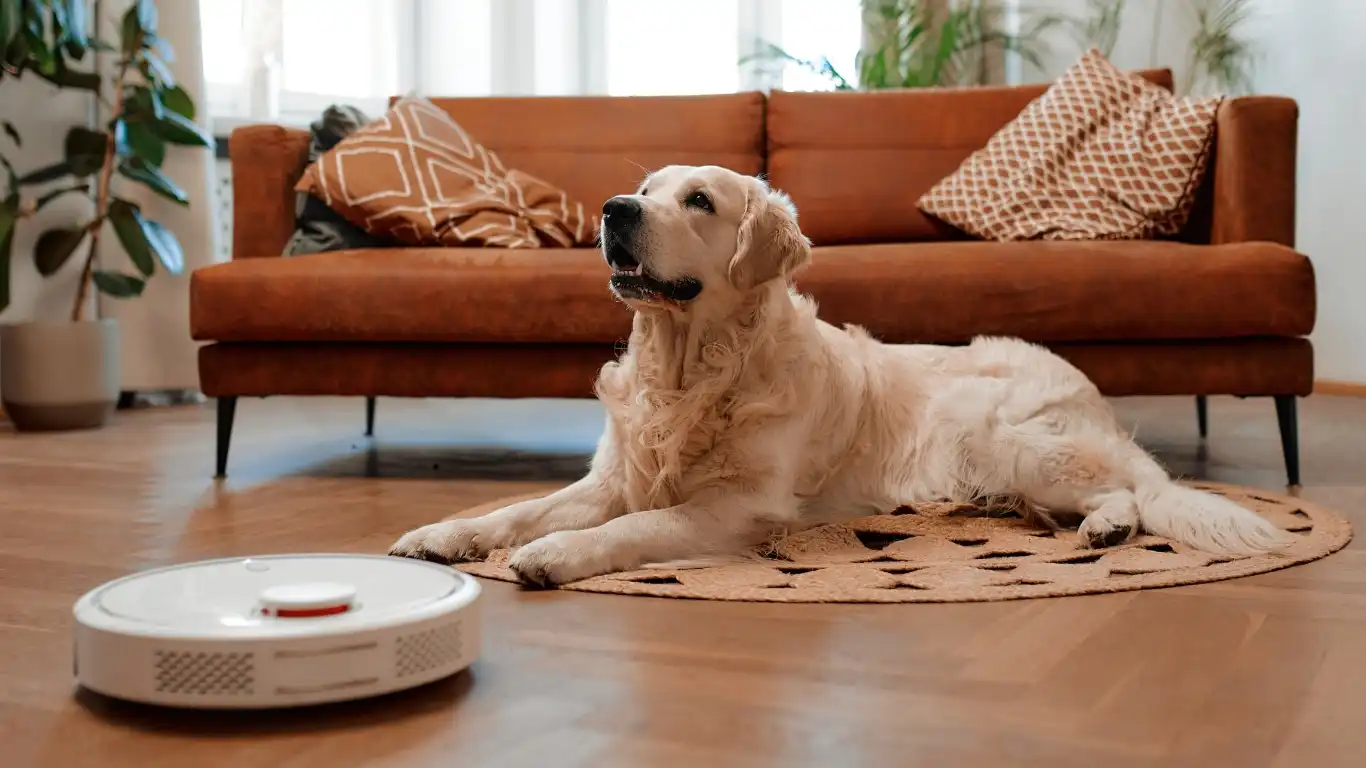
Once your dog’s behavior improves during car rides, the next step is maintaining that progress long-term. I’ve seen dogs regress because their humans got a little too relaxed with the routine. So here are a few things I always recommend to my clients (and practice with my own dogs too):
Stick to a Routine
- Keep their car spot consistent—same seat, same harness or crate, same blanket or toy. Familiarity helps reinforce calm behavior.
- Do regular “practice drives,” even if you don’t need to go anywhere special. This helps avoid regression.
- Still reward good behavior now and then. Even if your dog’s a total pro at car rides now, a little treat or praise goes a long way.
My own Border Collie, Luna, was once a restless mess in the backseat. But even after years of smooth rides, I still toss her a treat when she settles down at the start of a trip. Reinforcing the behavior keeps her consistent—and honestly, she deserves it.
Watch for New Triggers
Sometimes, dogs develop new sensitivities out of the blue. A loud truck, a new scent, or even a change in their health can suddenly make car rides uncomfortable. So if your pup starts acting differently, don’t assume they’re being “bad.” Try to get to the root of it.
- Older dogs: Arthritis or joint pain can make car seats uncomfortable. Adding a memory foam mat or orthopedic bed can help.
- Vision or hearing changes: Sudden loud noises or unfamiliar sights can feel more intense.
- Motion sickness: Can sometimes appear later in life even if it wasn’t an issue before.
Trust your gut and don’t hesitate to reach out to your vet or a certified trainer if something seems off.
Tools That Can Help You Out
We’ve covered a lot of ground, but I want to highlight a few products and tools that have helped my clients (and my own dogs) turn things around:
- Crash-tested harness or crate: Keeps your dog secure and safe while minimizing distractions for you.
- Window shades: Great for blocking out overwhelming sights and keeping the car cool.
- Dog-safe seat covers: Make cleanup easier and reduce anxiety for dogs who like familiar surfaces.
- Calming sprays: Like lavender-based sprays or pheromone sprays that mimic dog appeasing hormones.
- Frozen lick mats: Keep your dog busy and distracted during longer rides (just secure them properly!).
I always remind pet parents that the right tools can make a huge difference, but they’re not magic. They support the training, they don’t replace it. Behavior change takes time, love, and repetition—but the tools just make that journey smoother.
References
Disclaimer
This article is based on my personal experience as a veterinary technician specializing in canine nutrition and behavior, combined with reputable veterinary sources. It is intended for educational purposes only and does not replace professional medical or behavioral advice. Always consult with your veterinarian or a certified dog trainer before making changes to your pet’s routine, especially if your dog exhibits severe anxiety, motion sickness, or behavioral challenges during car rides.
